Exploring Different Types of Packaging Boxes
06/07/2023
From paper bag to paper box, which paper to take?
11/11/2024Customized Box Design, Material And Design.
Customizing packaging for clothing products can be a crucial factor in attracting customers to purchase your brand. Whether it is offline or online, customized clothing packaging boxes can provide an excellent unpacking experience and enhance the value of your products. However, which type of box should you choose when customizing packaging for clothing? In this blog post, we will introduce different types of apparel packaging boxes that can make your products attractive.
Lid and bottom boxes are the most common type of product packaging box. They have a simple structure and are convenient to open and close. Additionally, they can be produced by machines, which makes them cost-effective. Lid and bottom packaging boxes are suitable for non-squeezable or foldable clothing and accessories such as shoes, hats, shirts, and ties.
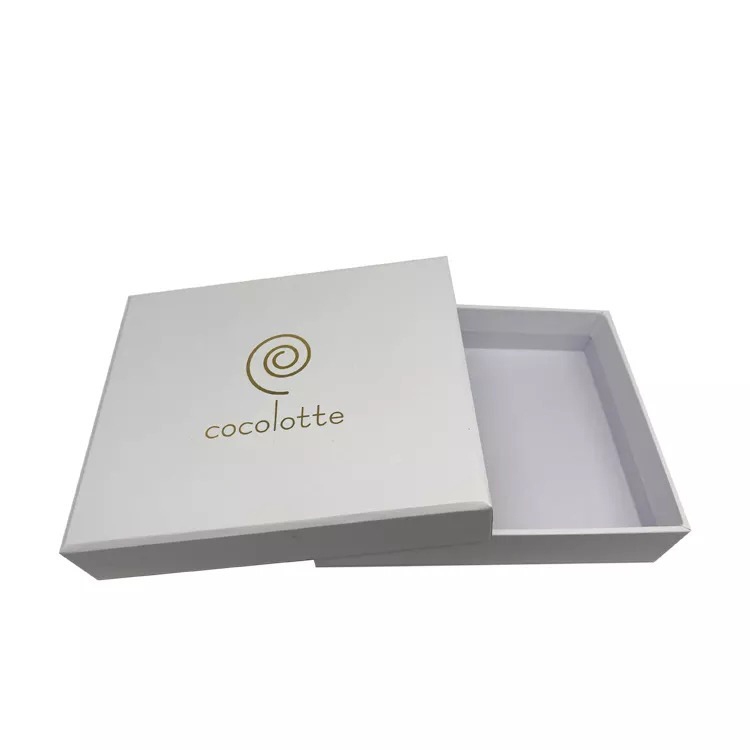
Drawer boxes work like a drawer – they can be designed with a single-layer, double-layer, or multi-layer drawer, which can hold various garments while avoiding clothing confusion. Drawer boxes are generally used for small pieces of clothing or clothing accessories, such as silk scarves, socks, brooches, ties, shirts, etc.
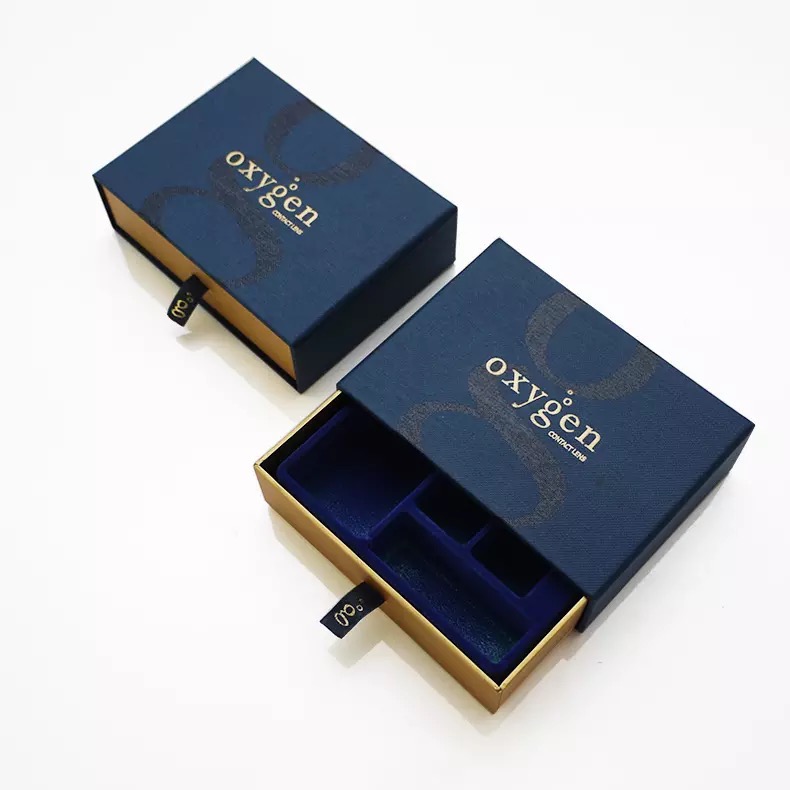
Flip boxes can be divided into foldable flip boxes and non-foldable flip boxes. Foldable flip boxes are often stored separately from products and clothing, and can be used as gift boxes to package products when clothing is sold. The non-foldable flip box is just the opposite. Non-foldable flip packaging boxes are generally transported and stored together with clothing. Similar to the lid and bottom box, the non-foldable flip box is typically used for non-squeezable and foldable clothing and accessories.
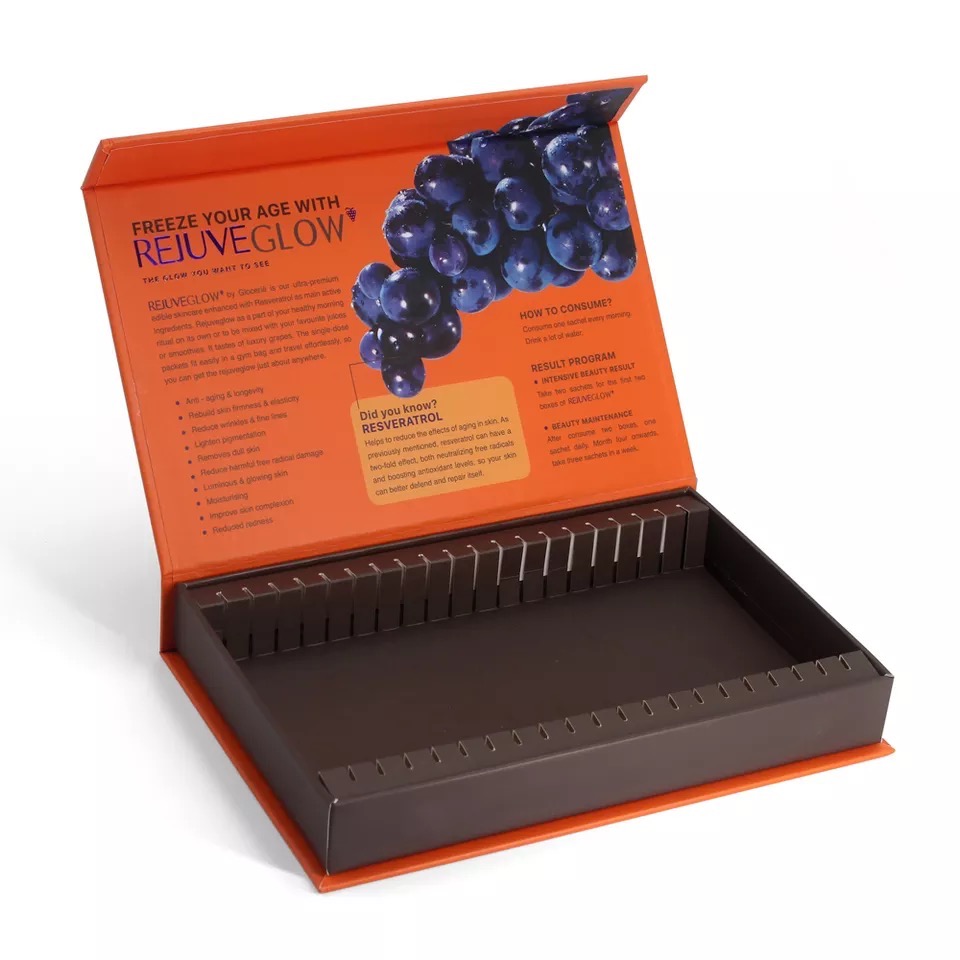
Folding boxes are one of the commonly used packaging box types in the clothing industry because they can be folded. Most garments are hung on display racks or folded in warehouses. Therefore, when many clothing retailers choose clothing packaging boxes, they often choose folding packaging boxes to save transportation and storage space.
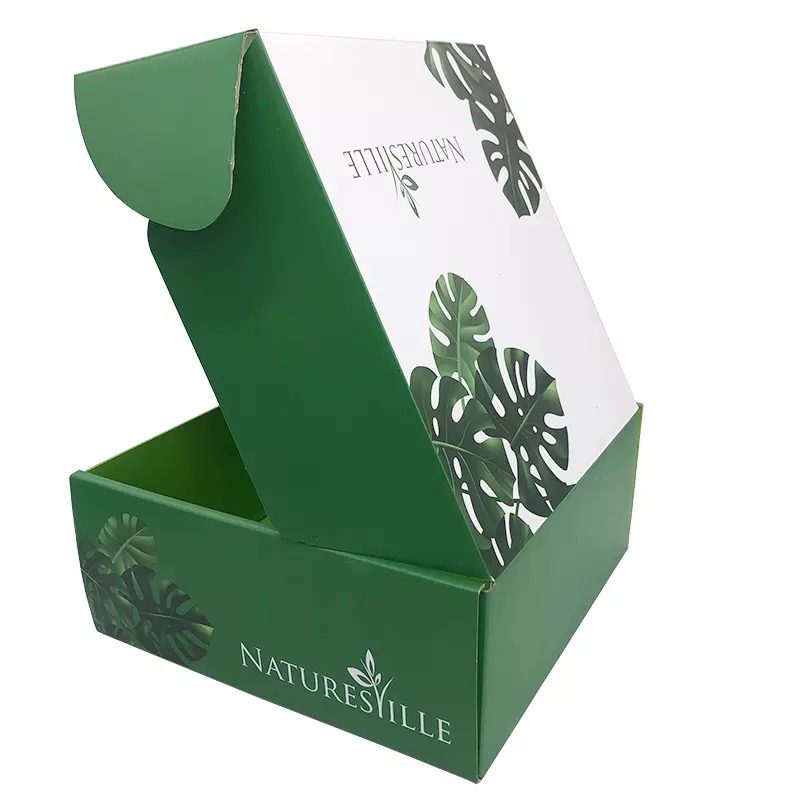
- Pillow Boxes
Compared with ordinary packaging boxes, pillow boxes have a very novel shape. Pillow packaging boxes are folding boxes that resemble pillows, hence their name. Pillow boxes are also popular among consumers because of their unique appearance. Pillow boxes are often used for packaging scarves, socks, and underwear.
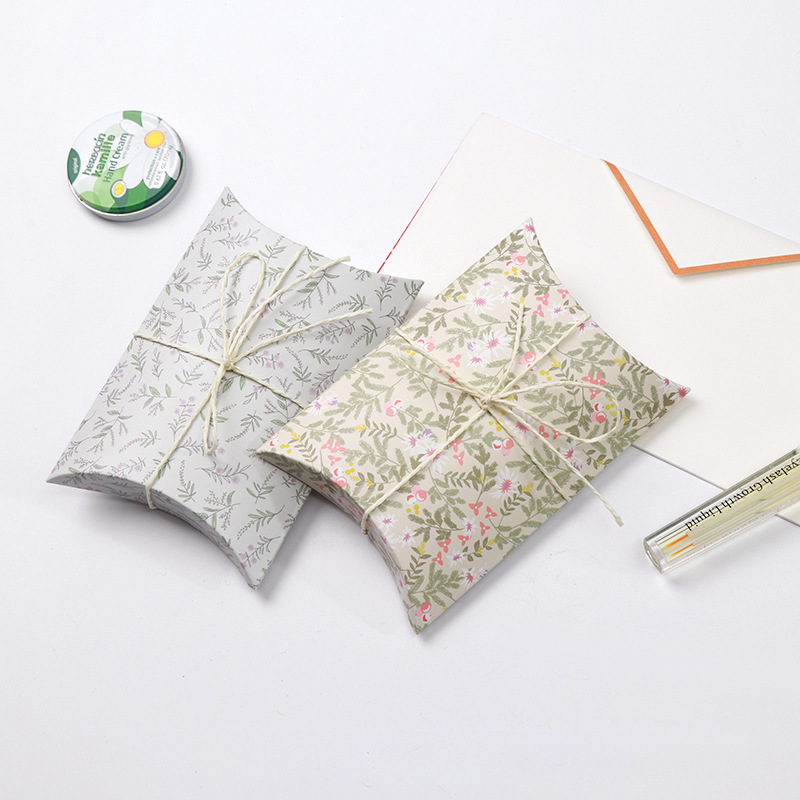
Materials
Choosing the right materials for apparel packaging boxes is crucial for ensuring quality and durability. Here are some commonly used materials:
- Corrugated Paper – This material is thick, strong, and affordable, making it suitable for small brands and low-priced clothing items.
- Coated Paper – Coated paper can come in glossy or matte finishes and is often used for higher-end products. It offers a smooth surface for printing and adds a luxurious touch.
- Kraft Paper – Kraft paper is eco-friendly and has a natural, organic feel. It is often used for sustainable clothing brands.
- Black Cardboard – Black cardboard has a premium look and is suitable for high-end clothing items.
- Leatherette Paper – Leatherette paper is synthetic but has a leather-like appearance and texture. It is often used for luxury apparel packaging.
Designs
Designing an attractive and effective apparel packaging box requires attention to detail and creativity. Here are some tips:
- Keep it Simple – A simple design can be more impactful than a busy one. Focus on creating a clean, modern look that reflects your brand’s values.
- Use Bold Colors – Bright, bold colors can make your packaging stand out and catch the eye of potential customers.
- Add Textures or Patterns – Embossing or adding patterns can add a unique touch to your packaging and create a memorable unboxing experience for customers.
- Include Branding Elements – Incorporate your brand’s logo, tagline, or other branding elements into your packaging design to reinforce brand recognition.
Other Considerations
When designing custom apparel packaging boxes, there are a few additional considerations to keep in mind:
- Sustainability – Consumers are increasingly concerned about sustainability, so using eco-friendly materials and designing packaging that can be reused or recycled can help attract environmentally conscious customers.
- Functionality – Your packaging should not only look good but also function well. Ensure that it is easy to open, close, and transport.
- Cost – Customized packaging can be costly, so make sure you have a clear budget in mind when designing your packaging.
Custom apparel packaging box design is a crucial aspect of apparel branding and marketing. By considering box structures, materials, designs, and other factors, you can create unique and effective packaging that enhances the value of your products and attracts more customers.


